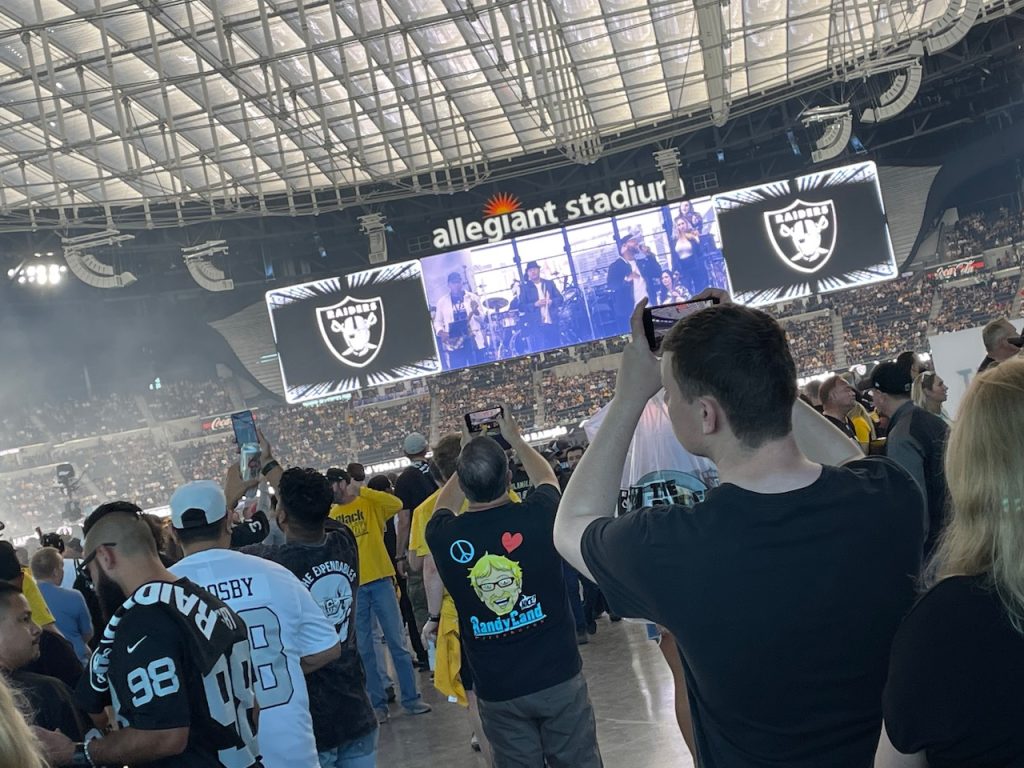Reliable IT infrastructure has joined traditional workplace amenities such as free snacks and casual Fridays as a way to attract today’s connected tenants.
While it's common to experience poor cellular service, both workers and employers are becoming increasingly reliant on their mobile devices for everyday business operations, strengthening the need for building owners to invest in modern connectivity solutions. As the younger, technologically savvy generations enter the workforce, buildings are faced with the choice to adapt or risk falling short of expectations.
The need for reliable in-building wireless mobile connectivity is especially prominent in a fast-paced industry like life sciences, where scientific breakthroughs and everyday lab operations rely on the ability to communicate in real time.
That’s why JMA Wireless, a New York-based mobile connectivity firm, is working to integrate its TEKO Distributed Antenna Systems, or DAS, into life sciences properties across the greater Boston area and beyond.
“An overwhelming majority of businesses nowadays need seamless communication,” said Hobbs Brook Real Estate Senior Project Manager Chris Poravas, a longstanding client of JMA’s. “Several of our tenants at 225 Wyman, in Waltham, Massachusetts, are lab tenants, and they require strong connectivity to complete daily tasks. JMA’s JMA DAS solution has acted as the backbone for this property and its tenants.”
Founded in 2012, JMA Wireless provides mobile connectivity solutions for real estate assets, including sports and entertainment venues, higher education institutions, offices, residential and commercial buildings, healthcare, hospitality and transportation facilities. Its mobile wireless systems include JMA DAS, a 5G software-based wireless network called XRAN and a 5G radio solution called IOTA.
The JMA DAS platform is a multiband, multi-operator system that provides “flexible and reliable solutions” for cellular coverage and capacity distribution. The platform can also save time and money by using a single fiber-optic cable to deliver multiple operators, bands and technologies to remote units, the company said.
Before Hobbs Brook installed the JMA DAS system, Poravas said the building was getting numerous complaints from employees that they couldn't make or receive phone calls, texts or emails in a timely manner. Once the system was installed, everything changed.
From a tenant perspective, installation costs are minimal. He said the property owner pays for the majority of the JMA DAS installation costs, and tenants only need to bring in a coaxial cable and antenna to activate their space. As the landlord, it is the responsibility of Hobbs Brook to connect all of the public areas within a building — ultimately adding value to the asset long-term.
“Historically, in penthouses and the upper floors of buildings, there’s bad signal strength due to the interruption of electrical devices that are stored on roofs,” Poravas said. “JMA has not only solved this for us at 225 Wyman, thanks to JMA DAS, but their collaborative and approachable nature throughout the entire process has assured our tenants that wireless connectivity is essential to their business operations.”
Poravas said that life sciences lab workers tend to work long hours, and giving them the amenities they need to keep them content and productive is non-negotiable — being able to connect with the outside world via text, calls or email when they're in the lab is imperative.
“Having to step away from your work and go outside to try to get a signal so that you can do your work is not the way things have to function anymore,” he said.
Along with boosting tenant satisfaction, Hobbs Brook decided to equip 225 Wyman with the JMA DAS system; the property management firm also decided to implement the system for reasons of lease longevity and increased building sustainability.
Poravas said that the more CRE professionals implement energy-saving tactics into their properties, the more JMA DAS is needed.
“Highly efficient exterior curtains such as low-emissivity glass windows and insulating materials block cellphone signals in or outside of the building,” he said. “While buildings gain benefits from improving their sustainability, service dead zones increase. ”
As sustainability improvements were made to 225 Wyman, Poravas said that cell service went “dead.” JMA DAS allowed for the best of both worlds: consistent wireless service while exceeding the requirements of today’s sustainability standards. In return, these factors contribute to lease longevity as well as increased tenant interest, he said.
“Looking forward, we are excited to implement JMA’s technology in a wider variety of properties in our portfolio,” Poravas said. “With the JMA team, we know our buildings and tenants will be brought into the next generation of wireless technology.”


